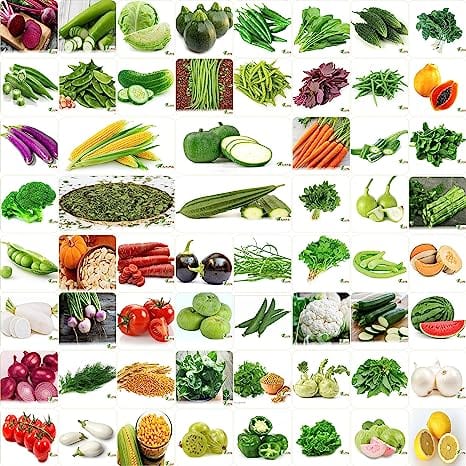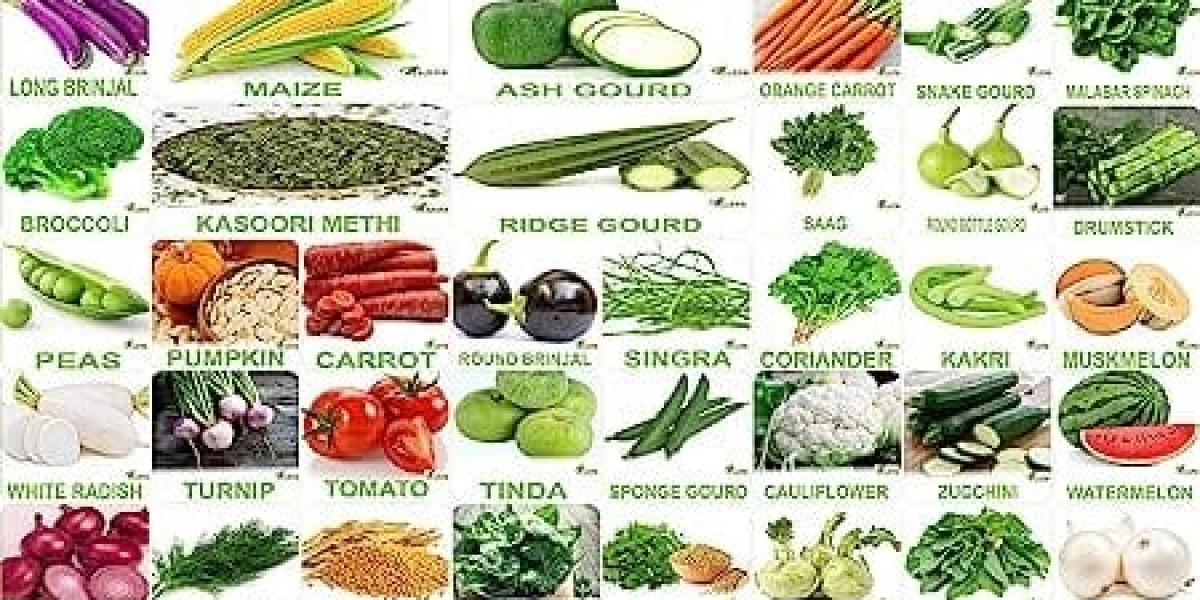Gardening is a fulfilling and rewarding hobby that often begins with small steps. For many gardeners, starting vegetables from seeds is the first step in cultivating a bountiful harvest. While the process may seem straightforward, a valuable tool can make a significant difference in your seed-starting success: the humble spray bottle. This article explores how a spray bottle can transform your vegetable seed-starting journey and provides tips for making the most of this versatile gardening tool.
The Spray Bottle Advantage
A spray bottle may not be the first thing that comes to mind when considering gardening tools, but it offers several advantages when starting vegetable seeds. Here are some of the benefits:
1. Gentle Hydration:- One of the critical challenges in seed starting is providing consistent Moisture without disturbing the delicate seeds. A spray bottle allows you to deliver a gentle mist of water that evenly moistens the soil surface without washing away the seeds.
2. Prevents Soil Compaction:- Watering with a traditional watering can or hose nozzle can lead to soil compaction in seed trays or pots. Overly compacted soil can hinder seedling growth. The fine mist from a spray bottle avoids this issue.
3. Precise Moisture Control:- Different seeds have varying moisture requirements. With a spray bottle, you can easily adjust the hydration level by controlling the number of spritzes. This precision ensures that your seeds receive the ideal moisture level.
4. Reduces Disease Risk:- Overhead watering can splash soil and potentially spread diseases. A spray bottle minimizes splashing, keeping your seedlings healthier.

5. Encourages Germination:- Some seeds require light for germination. A spray bottle lets you lightly mist the soil's surface without burying the seeds too deeply.
6. Easy to Use:- Spray bottles are user-friendly and allow for fine control over the watering process, making them suitable for gardeners of all levels.
Choosing the Right Spray Bottle
Not all spray bottles are created equal, and selecting the right one is essential for efficient and convenient seed starting. Here's what to consider when choosing a spray bottle:
1. Capacity:- Choose a spray bottle with an appropriate capacity depending on the number of seeds you're starting. Smaller bottles are ideal for indoor seed starting trays, while larger bottles are suitable for outdoor garden beds.
2. Adjustable Nozzle:- Look for a spray bottle with an adjustable nozzle that allows you to switch between a fine mist and a direct stream. This flexibility is handy for different gardening tasks.
3. Durability:- Opt for a well-made spray bottle with a sturdy construction. Quality materials and design will ensure your spray bottle lasts for many gardening seasons.
4. Ergonomics:- Choose a spray bottle with an ergonomic design that fits comfortably in your hand. This will reduce hand fatigue during extended use.
5. Transparency:- A transparent bottle allows you to monitor the water level easily, so you know when it's time for a refill.
Starting Vegetable Seeds with a Spray Bottle
Now that you understand the advantages of using a spray bottle for seed starting let's explore how to incorporate this tool into your gardening routine:
1. Seed Selection
Choose high-quality vegetable seeds that are well-suited to your growing conditions and preferences. Read the seed packets for specific instructions on planting depth and spacing.
2. Seed Starting Containers
Select seed trays, pots, or containers suitable for the vegetables you plan to grow. Make sure the containers have drainage holes to prevent overwatering.
3. Fill Containers with Seed Starting Mix
Use a high-quality seed starting mix that is sterile and free from pests and diseases. Fill the containers with the mixture, leaving a small gap at the top for easy watering.
4. Plant Seeds
Follow the seed packet instructions for planting depth and spacing. Use a small tool or your finger to create planting holes, drop in the seeds, and gently cover them with soil.
5. Watering with the Spray Bottle
After planting the seeds, use the spray bottle to moisten the soil surface. Start with a fine mist, and be sure to thoroughly wet the soil without causing it to become waterlogged.
6. Cover Containers
Cover the containers with plastic domes or plastic wrap to create a greenhouse-like environment. This helps retain Moisture and warmth, promoting seed germination.
7. Maintain Moisture
Check the moisture level of the soil regularly. Use the spray bottle to moisten the ground, but avoid overwatering. Adjust the nozzle for a coarser spray as the seedlings grow to avoid disturbing them.
8. Provide Adequate Light
Once seedlings emerge, they need proper light. Place them in a sunny location or provide supplemental light with grow lights if growing indoors.
9. Thin Seedlings
As your seedlings grow, you may need to thin them to ensure proper spacing and prevent overcrowding. Use scissors to snip off the weaker seedlings at the soil level.
Conclusion
Starting vegetable seeds from scratch is a rewarding and budget-friendly way to kickstart your garden. Incorporating a spray bottle into your seed-starting process can significantly improve your success rate. Its gentle, precise watering capabilities and ability to prevent soil compaction and disease spread make it an invaluable tool for gardeners of all levels.
As you nurture your seedlings from tiny seeds to healthy plants, you'll witness the transformation of your garden and savor the satisfaction of growing your fresh vegetables. So, the next time you embark on a seed-starting adventure, reach for your trusty spray bottle—a gardening miracle in a simple and unassuming package.








